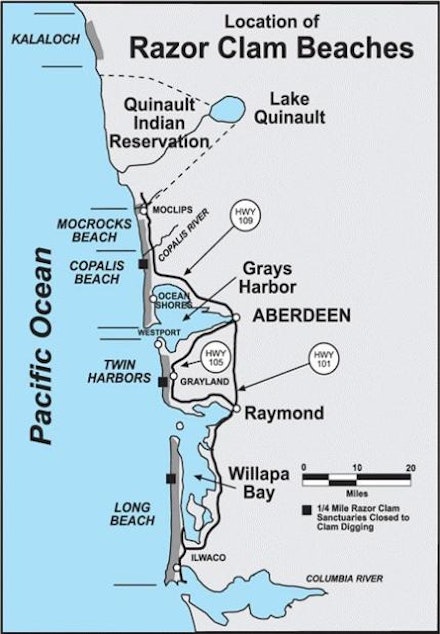Meaty razor clams bring profits, protein to Quinault Nation in Washington state
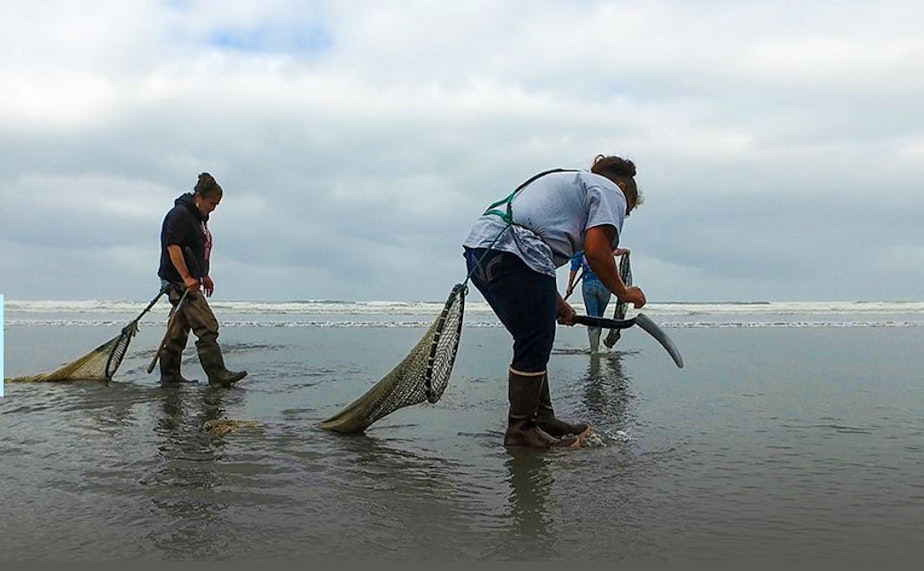
Thousands of beachgoers are expected to head to Washington state’s outer coast to dig up razor clams for food and fun in March and April.
For members of the Quinault Indian Nation, the exceptionally meaty clams with sharp-edged, golden-brown shells are also an important source of cash.
Incomes on the Quinault Reservation, about three hours west of Seattle, are half the national average.
The reservation also has 28 miles of sandy ocean beaches, open only to tribal members and ideal habitat for razor clams.
“An exceptional digger can dig right around 300 pounds per tide,” said Quinault Tribal Councilmember and razor-clam digger Ryan Hendricks. “The best I've ever done was 268 pounds, in my four hours.”
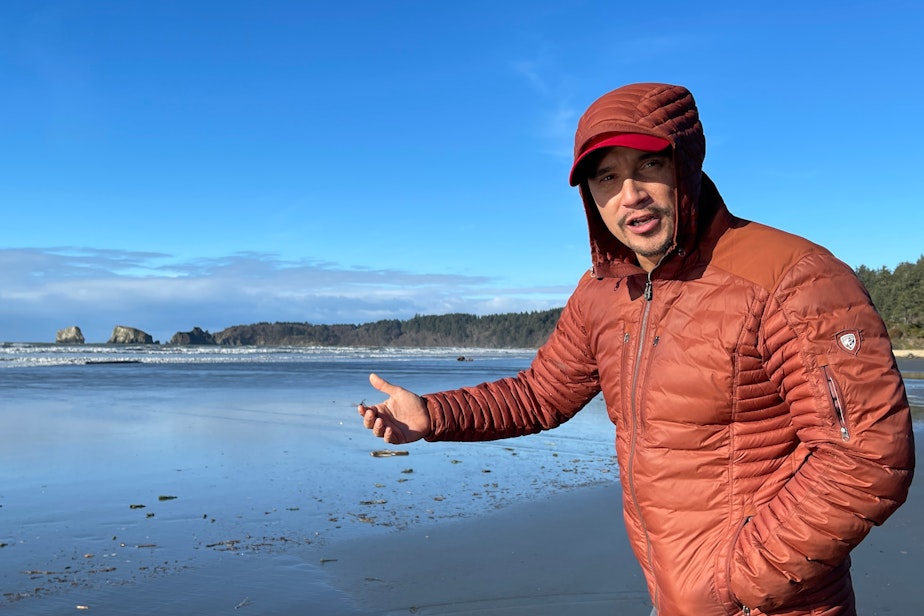
Sponsored
Commercial diggers are allowed a 4-hour window around the low tide at specific locations.
With the tribe’s seafood-processing plant buying clams for $3 or more per pound, a good digger can make $1,000 from a four-hour dig.
“They can fill two large trash cans within four hours of razor clam digging. It's incredible,” Quinault tribal member Tanya Eison-Pelach said of the tribe’s best diggers. “I cannot do that. I can do two five-gallon buckets, and then I'm tired, and I'm ready to go home.”
Four hours of digging is a serious workout.
“Mostly the hamstrings,” Hendricks said. “You spend so much time bent over.”
Sponsored
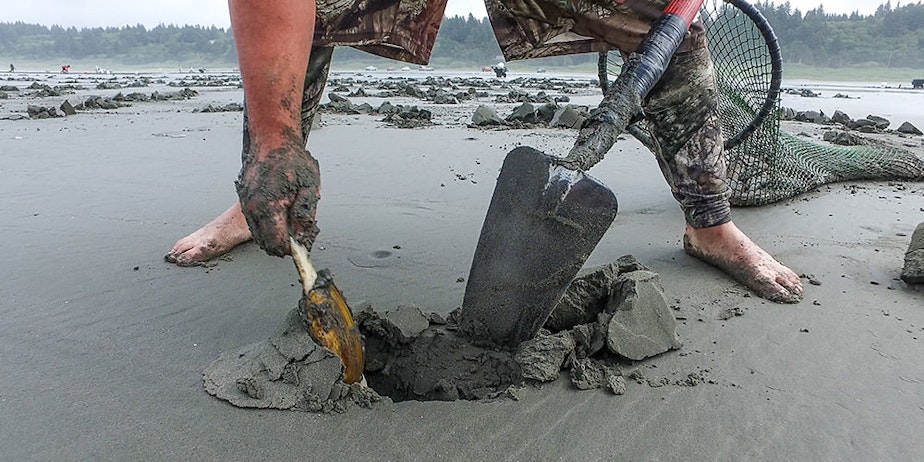
Now that spring has returned, the labor has gotten a bit easier. Low tides now come in the daytime, so no more digging in the dark.
“Razor clams are hugely important out here. And it's such a big economy driver for the Quinault Nation,” Eison-Pelach said.
She said she digs clams to help pay the bills.
Razor clam harvests in August are sold for Dungeness crab bait and help Quinault families get ready for the new school year.
Sponsored
“There's not a lot of economy inside of our reservation,” Hendricks said. “Hopefully, you can make enough extra cash to keep some gas in the tank.”
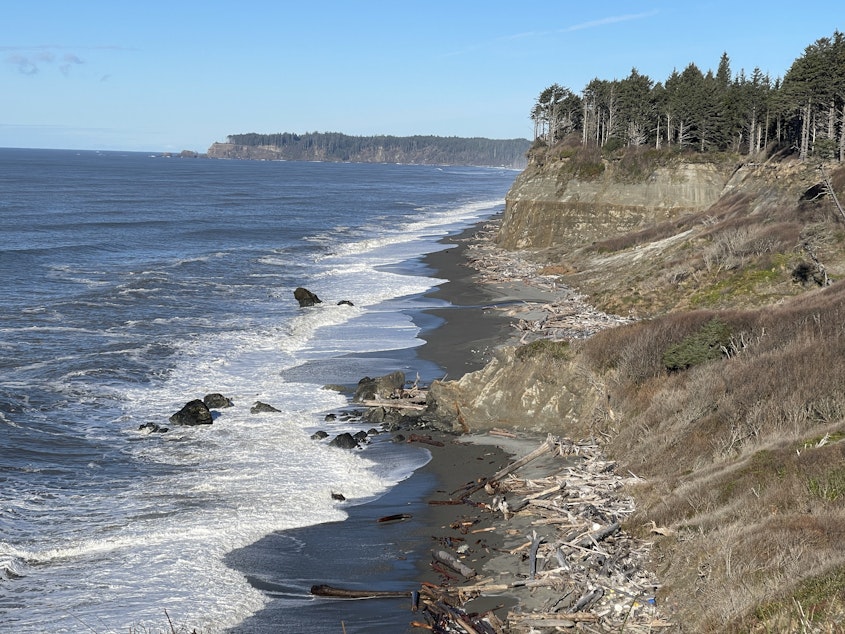
The tribe’s seafood plant sells razor clams to restaurants across the state.
“Making people happy at the same time it's making our wallets happy,” Eison-Pelach said.
Most razor clammers in Washington dig for personal use, but there’s also a small commercial harvest in Willapa Bay, about 40 miles south of the Quinault Reservation, with about 130 people taking part.
Sponsored
“It’s a relatively small fishery when compared to landings from some other coast fisheries such as crab and pink shrimp,” Washington Department of Fish and Wildlife biologist Zach Forster said in an email. “However, it does provide a good opportunity for diggers to generate some income.”
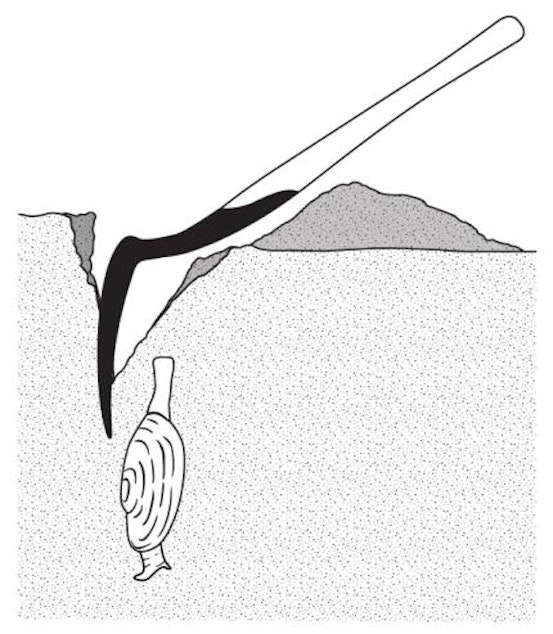
High levels of domoic acid from toxic algae blooms have shut down some razor-clam digs in recent years.
Scientists have linked the domoic acid outbreaks to warmer ocean temperatures.
In 2015, when a mass of unusually warm water known as The Blob covered much of the North Pacific Ocean, domoic acid closures shrank the West Coast Dungeness crab fishery in half. The fishery’s losses totaled nearly $100 million, according to the National Oceanographic and Atmospheric Administration.
Sponsored
But Washington Department of Fish and Wildlife officials say the algae toxins haven’t reached unsafe levels since September at any of the six razor-clam beaches they monitor in the state.
